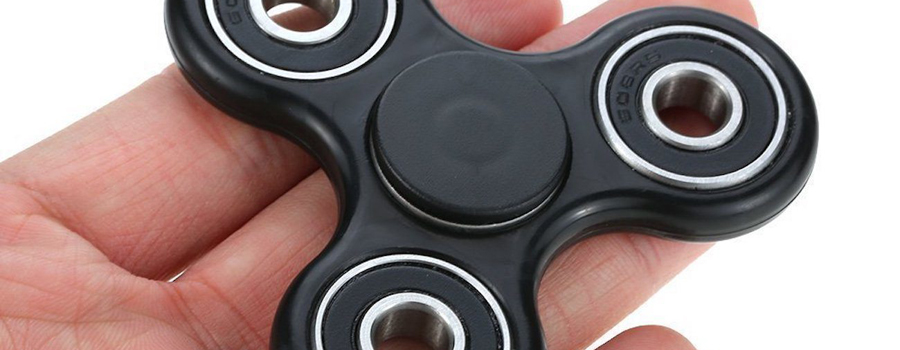Ever wondered what a fidget spinner in space would look like? Wonder no more.
NASA astronaut Randy Bresnik has posted a video of himself and his co-workers testing out the doodad on the International Space Station.
The results are unexpectedly awesome.
Don’t believe us? Take a look at the video below.
A fidget spinner in space! How long does it spin? I'm not sure, but it’s a great way to experiment with Newton’s laws of motion! pic.twitter.com/5xIJDs2544
— Randy Bresnik (@AstroKomrade) October 13, 2017
Pretty cool right?
The video shows the astronauts experimenting with Newton’s laws of motion, flipping with and pushing the spinner around the space station.
Although we are more obsessed with how awesome the fidget spinner looks when floating and spinning at the same time, the physics behind how the spinner works in space is also pretty cool.
Fidget spinners receive their impressive spin time largely thanks to little balls located in the centre of the device. These balls greatly reduce friction when the device is spun which is part of the reason they are able to spin for so long.
Placing the spinner in zero gravity, means that the spinner behaves in an entirely different way. In the video description, NASA explains that allowing the fidget spinner to float reduces the bearing friction by permitting the rate of the central ring and outer spinner to equalise, and the whole thing spins as a unit.
Despite appearances, the fidget spinner is unlikely to spin forever in zero gravity. According to an article published via Mashable the air pressure on the station would eventually slow the spinner down and stop it.
Oh well. A popular fad proving how cool science is? It’s still the most awesome thing we have seen this week so far.

